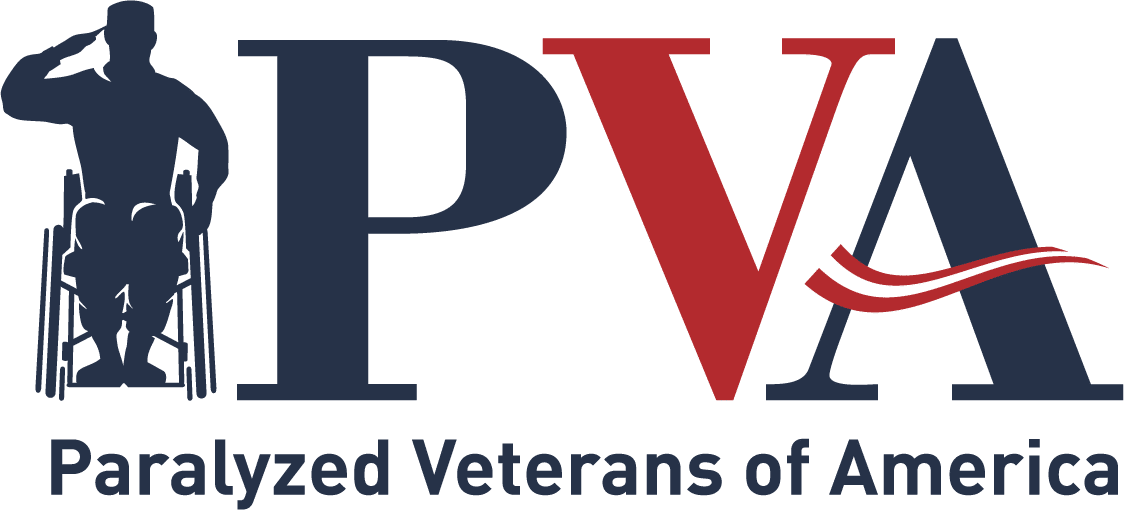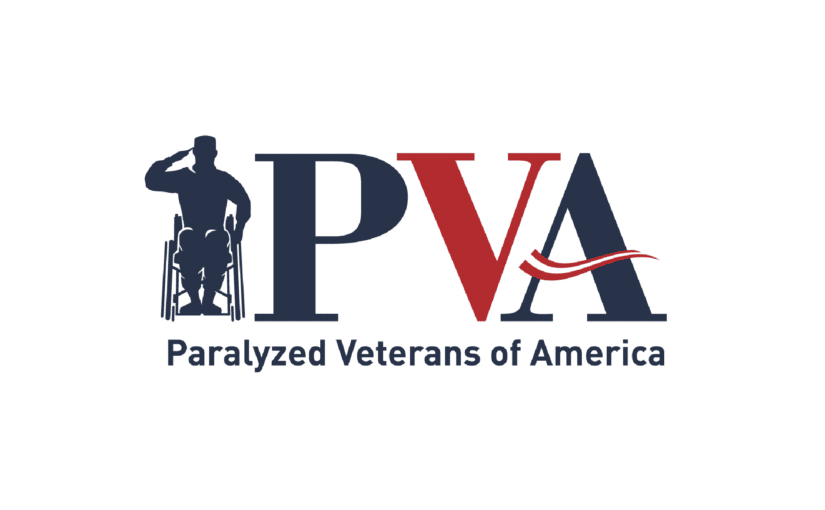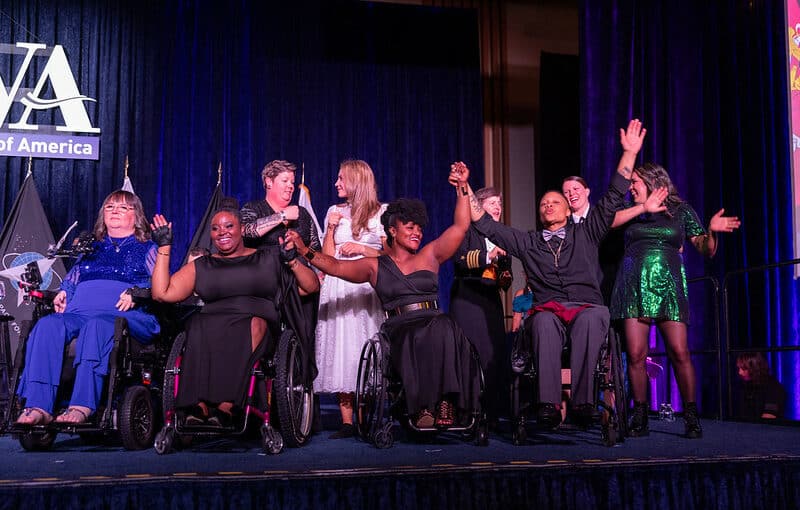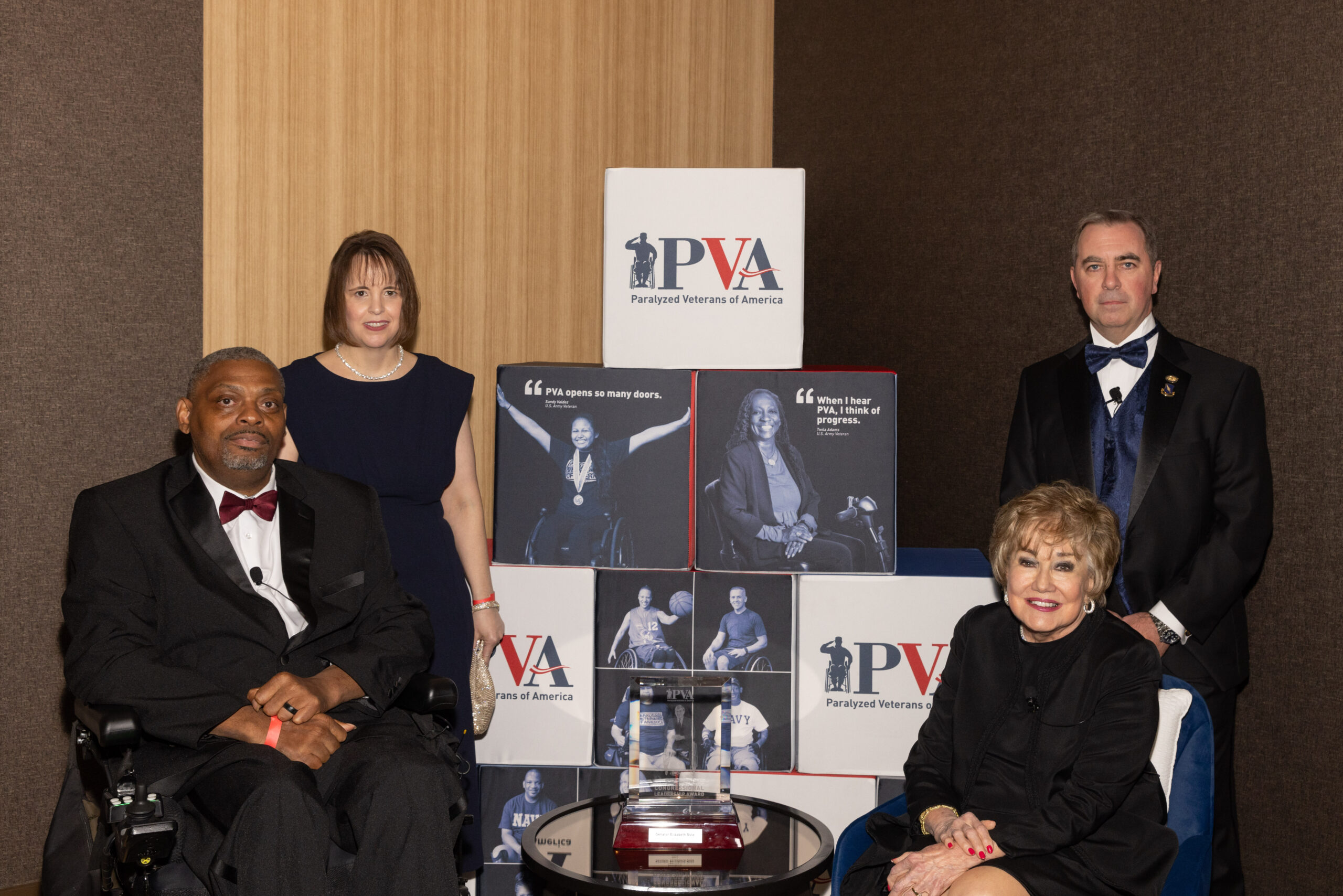
Prominent veteran service organizations urge Congress and VA to act in newly released report
Post Date: February 1, 2021WASHINGTON (Feb. 1, 2021) – Leading veterans service organizations DAV (Disabled American Veterans), Paralyzed Veterans of America (PVA), and the VFW (Veterans of Foreign Wars) today released two reports – The Independent Budget: Veterans’ Agenda for the 117th Congress, Critical Issues and The Independent Budget: FY 2022-2023 for the Department of Veterans Affairs, Budget Recommendations. The Independent Budget (IB) reports list toxic substance exposures, Department of Veterans Affairs (VA) infrastructure, minority veterans, and employment among the many critical issues facing today’s veterans. It also provides funding estimates the VA will require in order to provide health care, benefits and transition services to more than ten million veterans, their families and survivors.
“For over 30 years, the VFW has partnered with our colleagues at PVA and DAV to produce The Independent Budget, which recommends proper funding and staffing for all programs at the Department of Veterans Affairs,” said Hal Roesch, VFW national commander. “Ensuring that veterans receive proper health care and benefits during this tumultuous time has never been more important.”
Included in this year’s IB are 54 key recommendations for legislators and VA spread across 11 critical veteran issues in three areas – access to benefits, health care, and employment and education.
“The IB’s focus for the 117th Congress is confronting the growing challenges associated with the global health and economic crises caused by the pandemic,” said Randy Reese, executive director of DAV’s Washington headquarters. “The long-term effects of COVID remain unknown, but we do know veterans are uniquely affected – from survivor benefits to mental health. We look forward to working with congressional leaders to address these issues before they become insurmountable.”
For FY 2022, the IB recommends Congress appropriate approximately $120.3 billion for all VA programs and services, a 10.2% increase over FY 2021 appropriations levels. The IB estimates the VA health care system will require $81.5 billion in FY 2022, an 8.5% increase, to provide care to more than seven million unique users. This recommendation would allow VA to fill over 10,000 health care vacancies, complete the caregiver program expansion, increase home-based long-term care services, and address inequities in health care delivery to women and minority veterans. These and other funding breakdowns and recommendations can be found throughout this year’s IB’s Budget Recommendations report.
“Our Independent Budget book is a powerful tool that helps members of Congress and VA take the necessary steps to ensure that all veterans receive proper care and get the benefits they rightfully earned,” said David Zurfluh, PVA national president. “Our report is so much more than just words and numbers on paper. Each page, each issue and each recommendation represent a person who sacrificed for this country, and whose quality of life is determined by the actions of legislators and VA.”
KEY FACTS, ISSUES, AND RECOMMENDATIONS:
While there are many critical issues and recommendations noted throughout the reports, below are just a sample of them. To view the reports in full, visit www.independentbudget.org.
- FACT – 600+ military sites and surrounding communities could be contaminated with perfluorinated chemicals (DOD)
Issue: Many illnesses and diseases veterans experience due to these (and other) toxic exposures may not be identified for years, even decades, after their service.
- IB Recommendation: Congress should ensure DOD and VA develop a consistent and timely method for expanding known exposures and study the adverse long-term health effects of other toxic exposures. **See crucial issue 2.
- FACT – VA provides medical care to 7+ million veterans each year through 1,750+ access points and 5,600+ buildings spanning 34,000 acres.
Issue: For more than two decades, funding for construction, repairs, and maintenance of VA’s health care facilities has lagged.
- IB Recommendation: Congress should extend the Asset and Infrastructure Review timeline by at least one year to ensure delays and lessons learned from COVID-19 can be incorporated into VA’s infrastructure plan. ** See crucial issue 4.
- FACT – Approximately 10% of enrolled VA patients are women, about 20% are racial and ethnic minorities, and an estimated 5% identify as LGBTQ.
Issue: While the VA health care system has made a concerted effort to meet the needs of its increasingly diverse patient population, disparities still exist in access, usage and health outcomes among these groups.
- IB Recommendation: VA should ensure equitable access to care, as well as review and update existing policies and directives in place to deliver improved services to minority, under-represented, and under-served veteran populations. **See crucial issue 8.
- FACT – According to the Department of Labor, only 37% of veterans with nonservice-connected disabilities are employed, compared to more than 75% of veterans without disabilities.
Issue: Veterans with disabilities, especially those with catastrophic disabilities, often face significant challenges in finding and obtaining employment within their capabilities.
- IB Recommendation: Congress should enact legislation to create new and innovative employment programs aimed at getting veterans quickly back to gainful employment.
** See crucial issue 10.
The IB agenda and budget reports provide a comprehensive roadmap to helping ensure VA is fully funded and capable of carrying out its mission of serving veterans and their families, both now and in the future. Throughout the year, the IB veteran service organizations collaborate to promote their shared recommendations, while each organization also works independently to identify and address legislative and policy issues that affect their respective organizations’ members and the broader veterans’ community.
About DAV (Disabled American Veterans)
DAV empowers veterans to lead high-quality lives with respect and dignity. It is dedicated to a single purpose: keeping our promises to America’s veterans. DAV does this by ensuring that veterans and their families can access the full range of benefits available to them; fighting for the interests of America’s injured heroes on Capitol Hill; linking veterans and their families to employment resources; and educating the public about the great sacrifices and needs of veterans transitioning back to civilian life. DAV, a non-profit organization with more than one million members, was founded in 1920 and chartered by the U. S. Congress in 1932. Learn more at www.dav.org.
About Paralyzed Veterans of America (PVA)
PVA, founded in 1946, is the only congressionally chartered veterans service organization dedicated solely for the benefit and representation of veterans with spinal cord injury or disease. For 75 years, the organization has ensured that veterans receive the benefits earned through their service to our nation; monitored their care in VA spinal cord injury centers; and funded research and education in the search for a cure and improved care for individuals with paralysis.
As a life-long partner and advocate for veterans and all people with disabilities, PVA also develops training and career services, works to ensure accessibility in public buildings and spaces, and provides health and rehabilitation opportunities through sports and recreation. With more than 70 offices and 33 chapters, PVA serves veterans, their families, and their caregivers in all 50 states, the District of Columbia, and Puerto Rico. Learn more at www.pva.org.
About Veterans of Foreign Wars of The United States (VFW)
The Veterans of Foreign Wars of the U.S. is the nation's largest and oldest major war veterans organization. Founded in 1899, the congressionally chartered VFW is comprised entirely of eligible veterans and military service members from the active, Guard and Reserve forces. With more than 1.5 million VFW and Auxiliary members located in over 6,000 Posts worldwide, the nonprofit veterans service organization is proud to proclaim “NO ONE DOES MORE FOR VETERANS” than the VFW, which is dedicated to veterans’ service, legislative advocacy, and military and community service programs. For more information or to join, visit our website at vfw.org.



